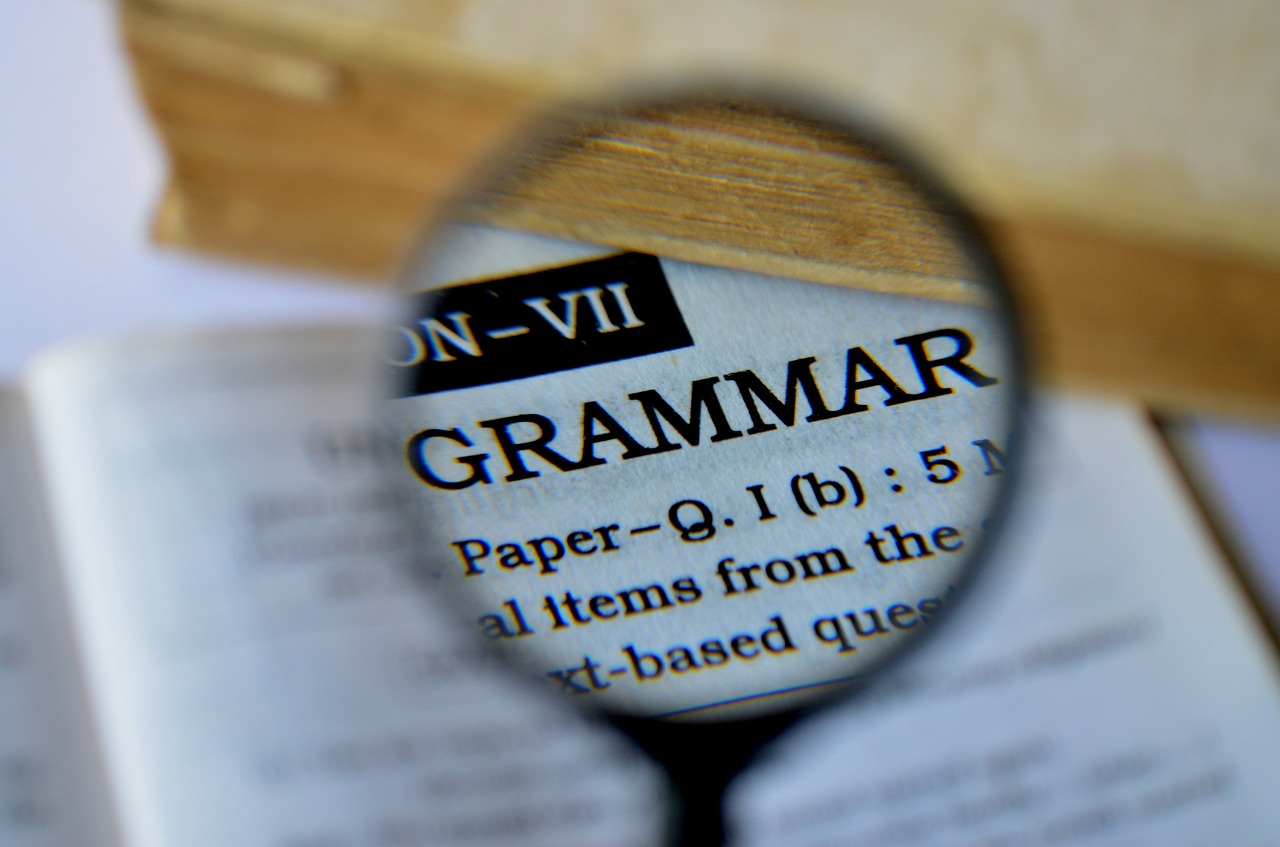Grammar is a fundamental part of Spanish courses. Learning grammar is essential to be able to formulate sentences. Grammar is also important to understand how to form sentences. The noun is the word used to name objects. One of the most important things you will learn in a Spanish course is to use the noun.
Names are masculine or feminine in gender and have numbers, they can be singular or plural. these characteristics must always match the article accompanying the name. This is one of the most difficult aspects of Spanish grammar for foreigners to understand.
Learning grammar in a Spanish course will give you the keys to understand the noun well. To help you, in Academia Contacto we leave you some tricks.
How nouns are classified in Spanish grammar
In Spanish grammar, nouns can be qualified in different ways:
- Male and Female Substantives
- Singular and Plural Nouns
- Own and Common Nouns
- Abstract and Concrete Substances
- Individual and Collective Nouns
- Countable and Incontable Substantives
- Primitive Substances and Derivatives
- Compound Substances
Grammar in a Spanish course: types of nouns
Feminine and masculine nouns are those that are classified according to gender. For example:
- The table, is a feminine name (la mesa)
- Rebecca's a businesswoman (Rebeca es una empresaria)
- Tthe plane sails through the sky (El avión navega por el cielo)
- Carlos is a teacher (Carlos es profesor)
Singular and plural nouns are those that are classified depending on the number. For example:
- The chair is comfortable / The chairs are comfortable (La silla es muy cómoda / Las sillas son muy cómodas)
- My sister's friend is very nice / my sister's friends are very nice. (El amigo de mi hermana es muy simpático / los amigos de mi hermana son muy simpáticos)
The proper and common nouns are those that are classified taking into account their extension.
- Children play football / los niños juegan al fútbol (common noun)
- My Spanish school is called Academia Contacto / Mi escuela se español se llama Academia Contacto (Proper nouns)
There are also abstract and concrete nouns. These nouns are classified according to whether they are physical objects or whether they are feelings, ideas...
- I have very little patience (abstract noun)
- my friend has many houses (concrete noun)
Another Spanish nouns
Collective nouns are those that name a set of beings or objects. They are written in singular number, but with the idea of plurality. They refer to a group.
- Flock of sheep (rebaño de ovejas)
- A swarm of bees (Enjambre de abejas)
These nouns are classified taking into account whether they can be counted or not. For example, in Spanish grammar, books are countable. However, snow is a countless name.
- Let's see how many books you have / vamos a contar cuántos libros tienes (account)
- There is a lot of snow in the mountains / Hay mucha nieve en las montañas (countless)
Primitive nouns and derived nouns are classified depending on whether they come from another word.
- Bread / pan is a primitive noun
- Bakery / panadería is a derived noun.
Compound nouns are those formed by two words that are simple. For example
- Birthday /cumpleaños
- Firewall / cortafuegos
At Academia Contacto we will teach you all the grammar in the Spanish courses we have. You'll learn quickly and have fun!


